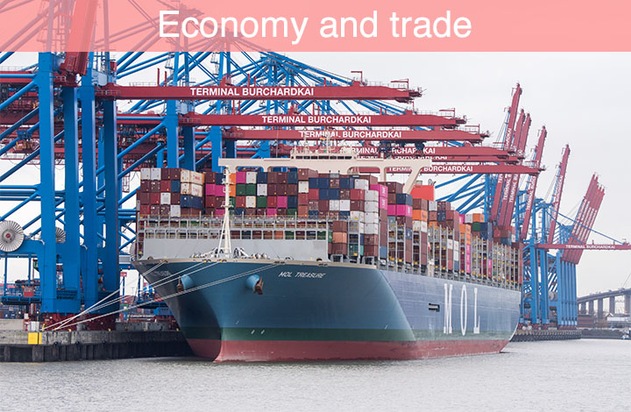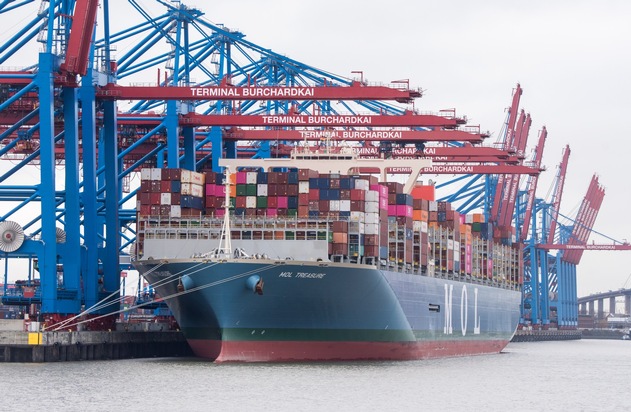Current and planned EU free trade agreements
The European Union is a signatory to several dozen free trade agreements. Its contract partners include both individual countries around the world as well as communities of states. Further agreements are planned. Negotiations between the EU and some potential contract partners have been ongoing for several years. Here are some examples:
JEFTA
On 1 February 2019, the EU and Japan formed the largest free trade area in the world: the Japan-EU Free Trade Agreement (JEFTA) covers 635 million people. Under the pact, tariffs and other barriers to trade have been reduced almost completely in an effort to boost growth. Economic experts see market opportunities, among other things, for European goods, which had previously been subject to high Japanese tariffs. They include food and clothing.
CETA and TTIP
CETA - the Comprehensive Economic and Trade Agreement - was signed at the end of October 2016. The pact between the EU and Canada is intended to boost economic growth and create jobs. Parts of the agreement are already in force, however some regulations still need to be ratified by all EU member states. In 2013, the EU also took up negotiations with the United States on the controversial TTIP - Transatlantic Trade and Investment Partnership - pact. The goal was to open markets on both sides of the Atlantic, for example by reducing tariffs and other trade barriers. Under current US President Donald Trump, the negotiations were initially put on hold. At the moment, the two sides are contemplating a less extensive agreement.
EEA
The European Economic Area (EEA) is a free trade agreement between the 28 member states of the EU and Norway, Iceland and Liechtenstein. The EEA, which came into force in 1994, includes the four freedoms of the EU Single Market. However, some areas, such as agriculture and fisheries, are excluded. The three non-EU signatories take over numerous EU laws and regulations, although they aren't involved in their creation. They also advise each other on the implementation of EU regulations. In exceptional cases, they can block it.
[Attention: These images are intended exclusively for editorial use in connection with the current coverage and may be used only when using the copyright notice "Photo: dpa".]
The EU's main trading partners are shown in this interactive chart: http://dpaq.de/rBB1D

